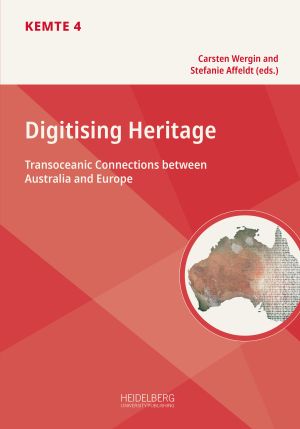How to Cite
License (Chapter)

This work is licensed under a Creative Commons Attribution-ShareAlike 4.0 International License.
Identifiers (Book)
Published
Unlocking Heritage Stories
How the Use of Audio Walks as Creative Public Engagement Expands Access to Site-Based Heritage to a Diverse and Globalised Audience
Abstract For my practice-based PhD project Abney Rambles, I created four audio walks through Abney Park cemetery, which is located in the north London community of Stoke Newington in the United Kingdom. Each audio walk is positioned as an exploration of one layer of heritage within the cemetery. Since completing my PhD, I have expanded my research scope beyond the cemetery to encompass legends and lore from the British Isles, with several London-based research projects resulting in site-based audio walks and museum experiences. As of writing, there are 28 audio experiences in total available to be taken through various sites in London. The Abney Rambles series of audio walks were crafted to be experienced in situ; however, one unexpected result of hosting this ongoing project through an online media platform is that people have been enjoying these audio walks as simply audio experiences – from anywhere in the world. This expanded the visitor reach of these public engagement initiatives beyond what could normally be hoped for in physical visitor footfall. The heritage stories of my sites of research became accessible to a globalised audience in the form of ‘digital visitors’ – and the implications for this also expand to those potential visitors who have not engaged with the space previously due to sight or mobility impairment. The aim of this chapter is to present an analysis of both the process and the outputs of crafting digital moments of interaction as part of a public engagement plan within heritage sites, hopefully offering a helpful resource for practitioners wishing to engage in digital heritage interactions.
Keywords Accessibility, Audio, Heritage Walks, London, Memory






